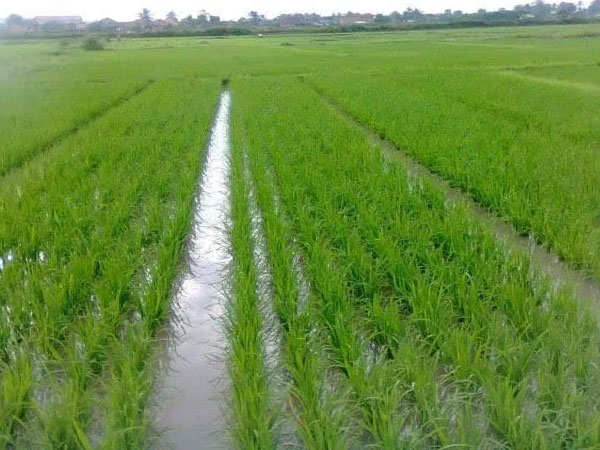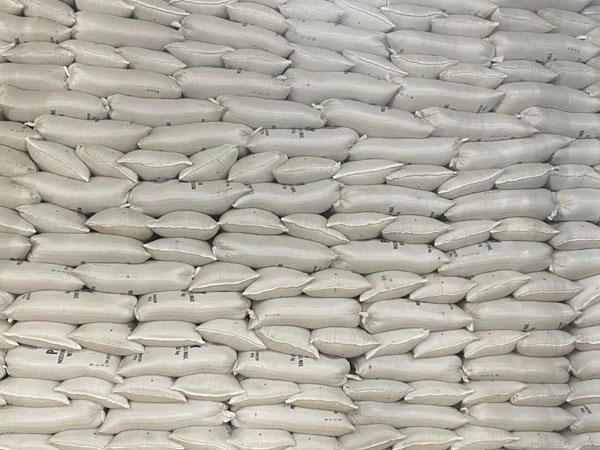 CHAD – Chad, the second-largest rice producer in Central Africa following Cameroon, has secured a US$16 million loan from the OPEC Fund for International Development to support its rice sector. This funding aims to address the insufficiency of the annual harvest in meeting local market demands while fostering new investments in developmental projects.
CHAD – Chad, the second-largest rice producer in Central Africa following Cameroon, has secured a US$16 million loan from the OPEC Fund for International Development to support its rice sector. This funding aims to address the insufficiency of the annual harvest in meeting local market demands while fostering new investments in developmental projects.
The loan agreement was announced in a press release issued on October 16 by the Ministry of Trade and Industry. The allocated budget will finance the third phase of the Integrated Rice Development Project in the Chari-Logone Plain (PDRICL 3).
Initiated in 2014, this project focuses on modernizing irrigated rice cultivation in the southern and south-central regions of the country. Key components include hydro-agricultural infrastructure developments, the construction of storage facilities and drying areas, as well as providing technical and material assistance to producers to enhance yields.
While details on the third phase’s timeline, objectives, and specific regions remain forthcoming, these efforts align with observed growth in the sector.
Data from the Bank of Central African States indicate that paddy rice production surged 55% year-over-year to a record 347,000 tonnes in 2024. However, Chad still imports 150,000 to 200,000 tonnes of milled rice annually to satisfy local needs.
Complementing this, in December 2024, the African Development Fund approved an US$11.53 million grant for the Project to Support Rural Infrastructure Development and the Promotion of Agricultural Value Chains (PADIR-CVA), aimed at boosting rice production through improved irrigation to mitigate climate hazards and enhance food security.
This initiative addresses key vulnerabilities in a landlocked Sahelian nation grappling with economic diversification and poverty reduction.
According to the Food and Agriculture Organization of the United Nations, Chad’s aggregate cereal production in 2024 stood at approximately 2.7 million tonnes, comparable to 2023 levels but 4% below the five-year average (2020-2024).
Despite this improvement, the country remains dependent on imports to meet domestic demand. According to local media reports, the country imports between 150,000 and 200,000 tons of milled rice per year to meet its needs.
As part of its new national development plan, “Chad Connexion 2030,” launched last June, N’Djamena has set a goal of increasing national paddy rice production to 1.62 million tons by 2030, a level five times higher than current supply, with a view to ensuring self-sufficiency and expanding into exports.














© Copyright 2025 The SSResource Media.
All rights reserved.